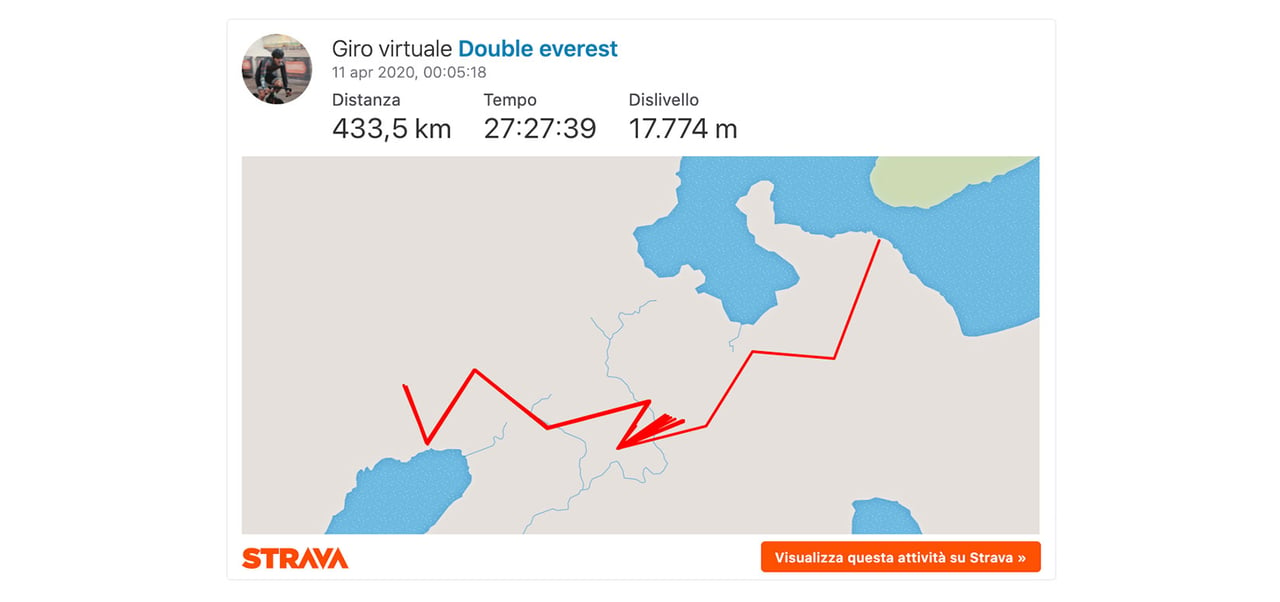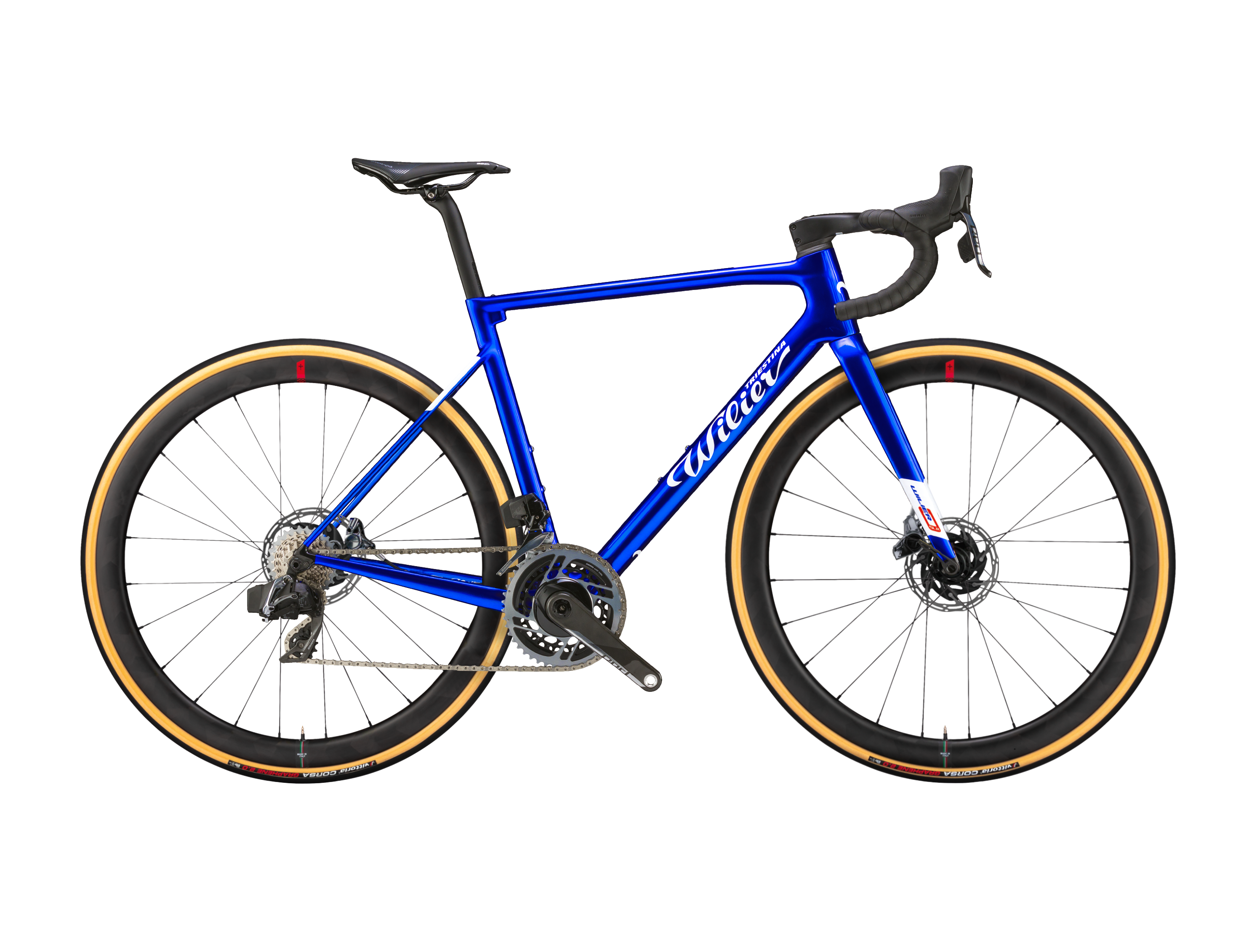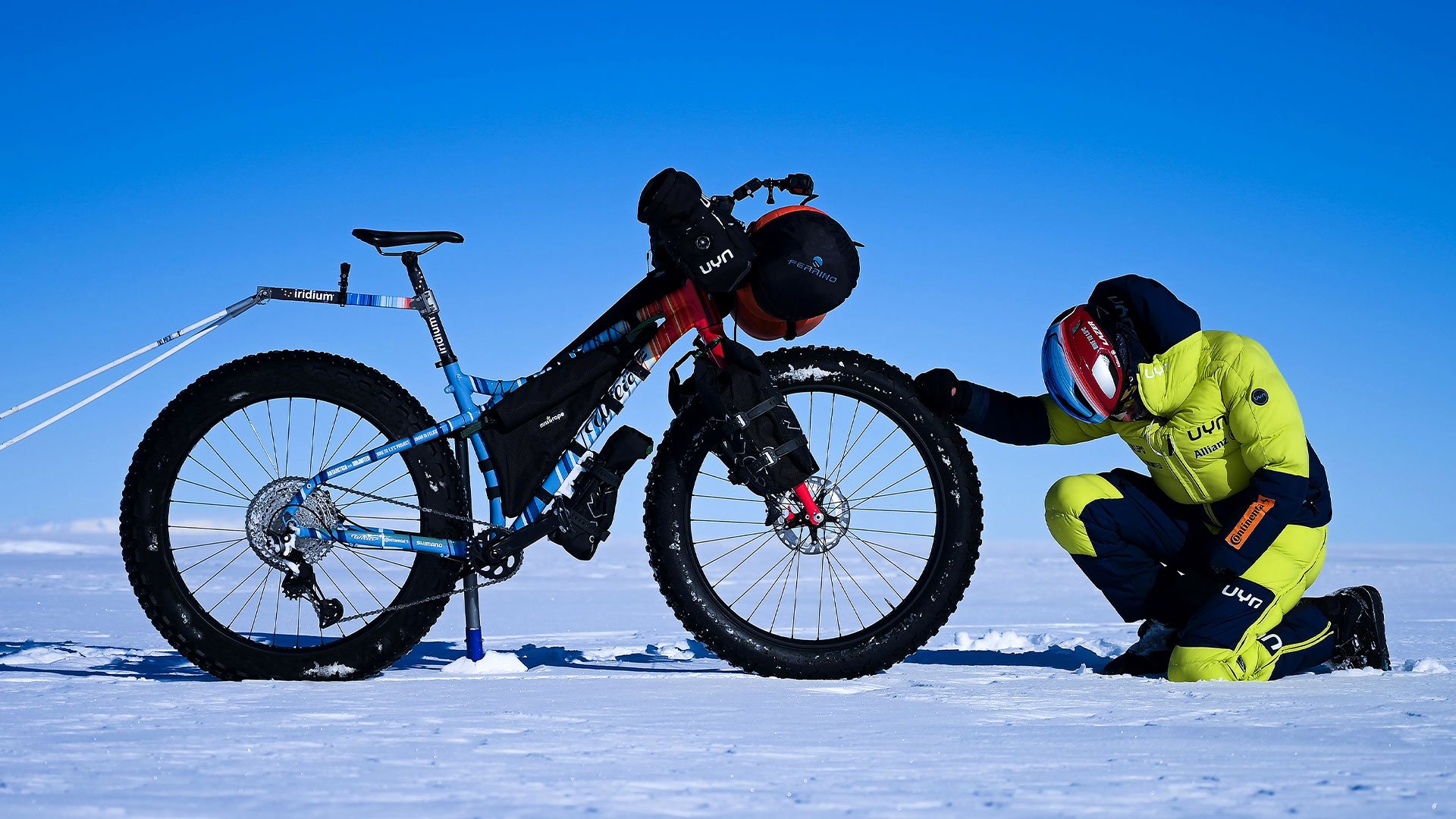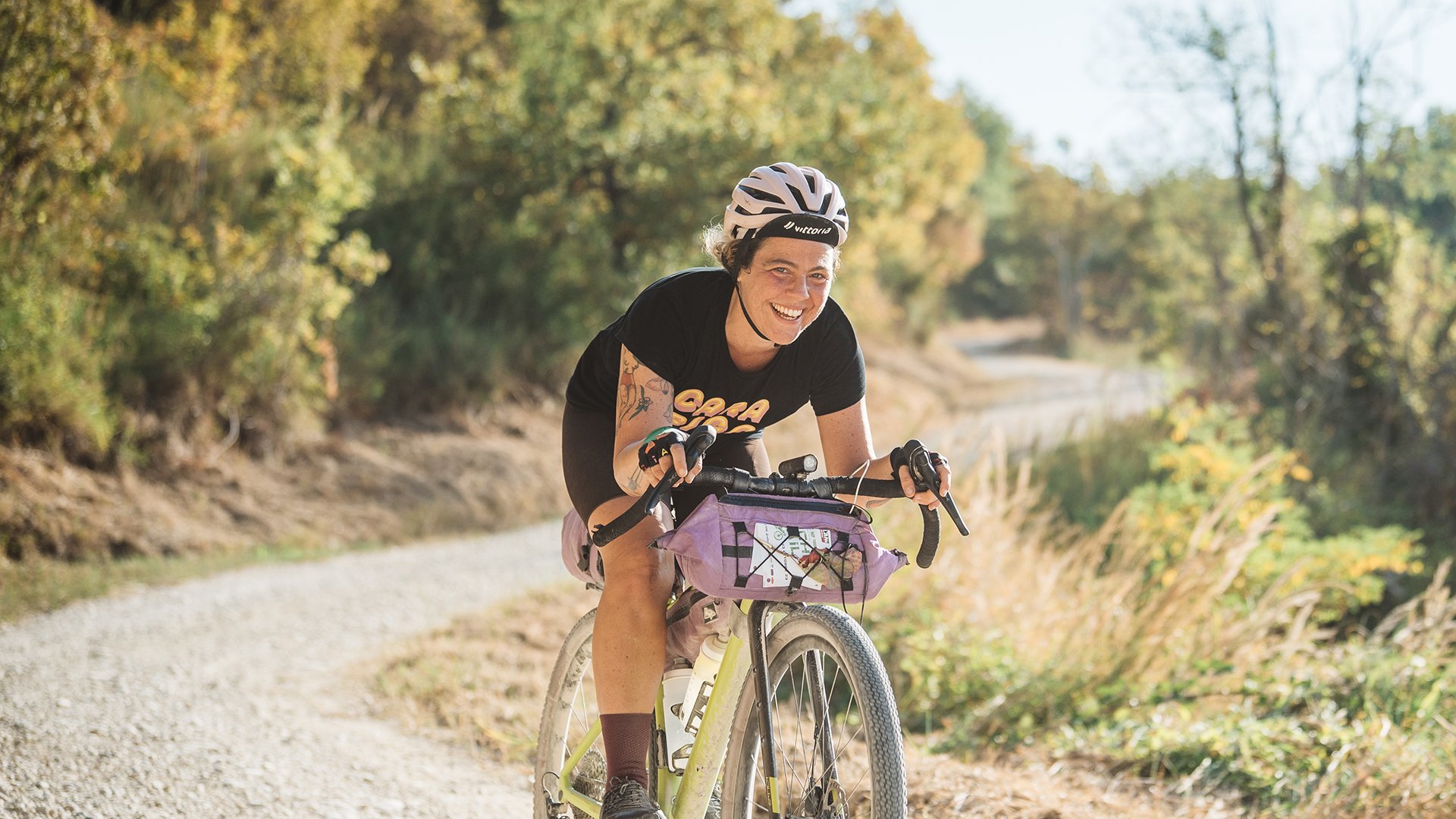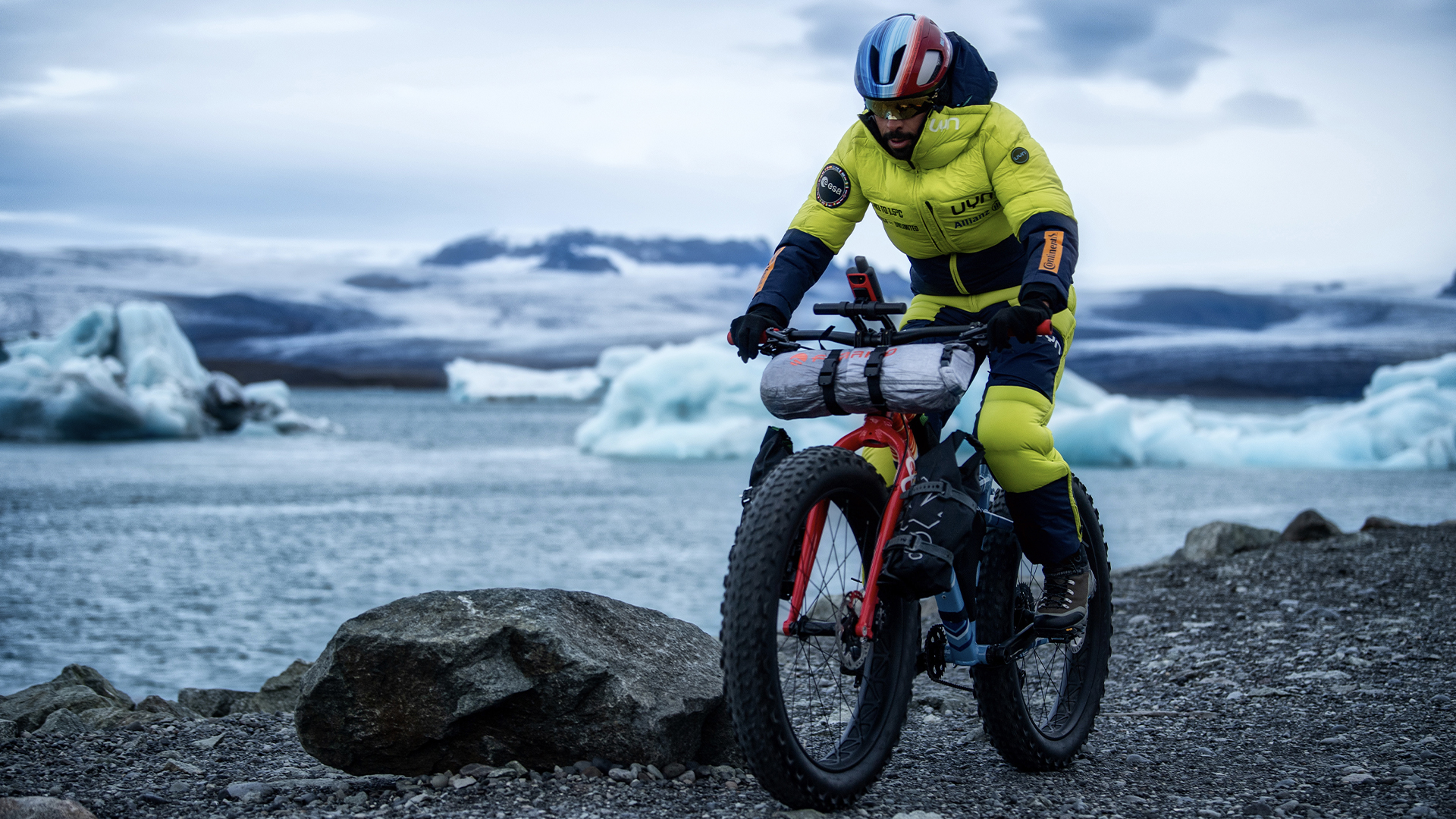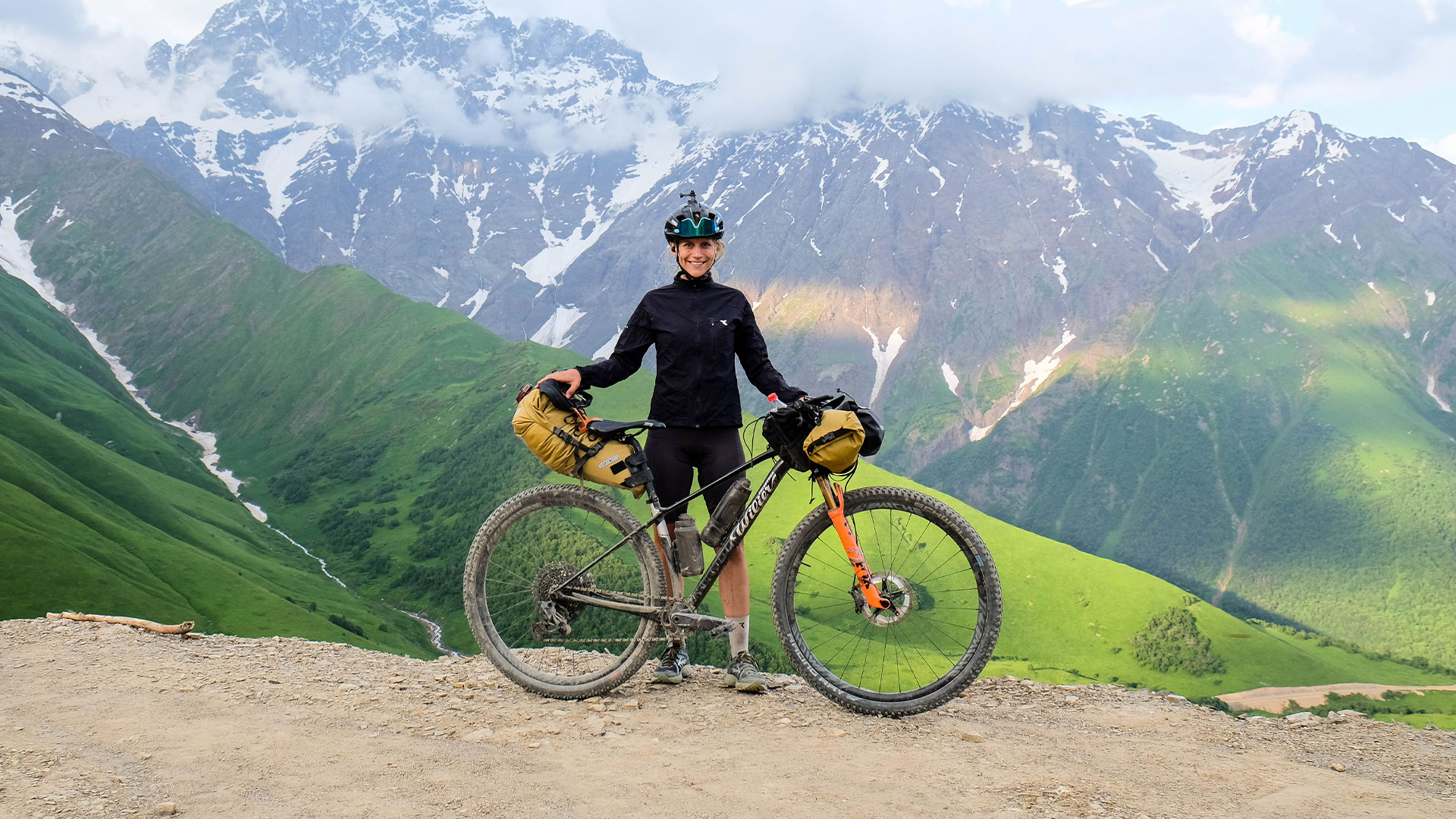Let’s admit it: What would be self-isolation be without rollers or Zwift? Let’s call it an alternative or an escape route. This spring lock down has established the turbo trainer as a central element in the fitness life of many cycling enthusiasts. Everyone interprets cycling at home in their own way.
In his article “The bicycle that unites“, Davide Martinelli and Omar Fraile from Astana Pro Team described a few comforting ways to use the bicycle imposed by the COVID-19 crisis.
But, clearly, these considerations were not enough for Francis Cade.
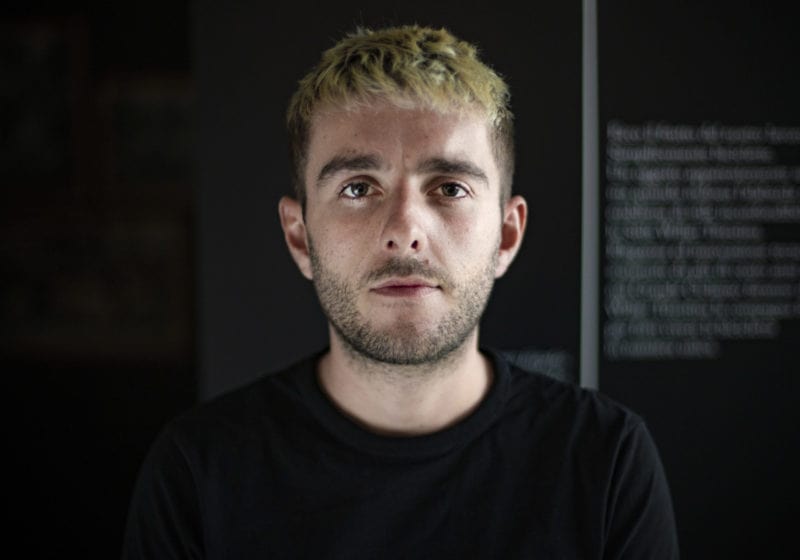
The English YouTuber wanted something more than the simple ‘supported’ use generally associated with rollers. Instead, he launched a massive, unforgettable undertaking on his Wilier 0 SLR, inside his London apartment.
It was to be expected that the desired epic undertaking would involve Everest: the discovery and first conquest are directly or indirectly British. The first by George Everest and the second by Edmund Hillary, from New Zealand that was indipendent from UK just from 7 years.
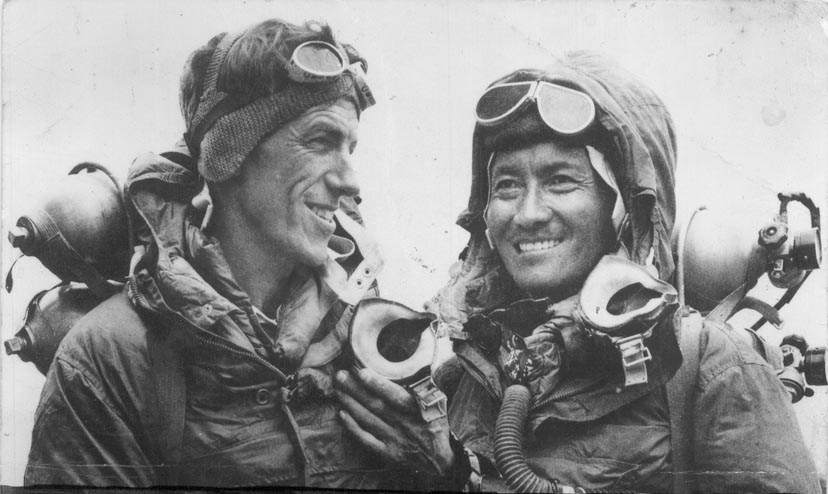
29 May 1953 Tenzing Norgay and Edmund Hillary after successfully completing the first ascent of Mount Everest at 11.30am.
© Jamling Tenzing Norgay
But one ascent to Everest’s peak wasn’t tough enough; he wanted at least two.
And so, Francis christened the feat Double Everesting: that is, ascending Everest twice using the Zwift platform, following the route that enthusiasts lovingly call Alpe du Zwift, the cybernetic simulation of Alpe d’Huez. It takes seventeen ascents of Alpe du Zwift to complete the 17,700 meters of the double Everest ascent. Then, as if that weren’t astounding enough, the seventeen climbs had to be completed uninterruptedly, with only the twelve-minute breaks allowed by the simulator for each descent.
And that’s what Francis Cade set out to achieve.
To get a double everesting, he pedalled on the rollers for twenty–seven and a half consecutive hours, allowing himself only the breaks permitted by the simulator, two hours of sleep throughout the entire enterprise (“the worst and toughest awakening of my entire life”) and food breaks as is possible in this type of situation.
“I actually wasn’t very hungry, but I had to eat to avoid burning out. However, I couldn’t eat anything solid because it’s hard to digest, so I ate about 20 isotonic and energy gels, a variety of smoothies and twenty blended bananas. I had also prepared some real food, some pasta with pesto, but only managed to nibble at it. I drank two bottles of water every hour, adding a pinch of salt to restore my sodium and I also ate crisps for this very reason. I have to say that the toughest part was riding at night, because your body knows that night time is for sleeping and no matter how much caffeine you consume, it’s very difficult to fight our natural tendencies.”
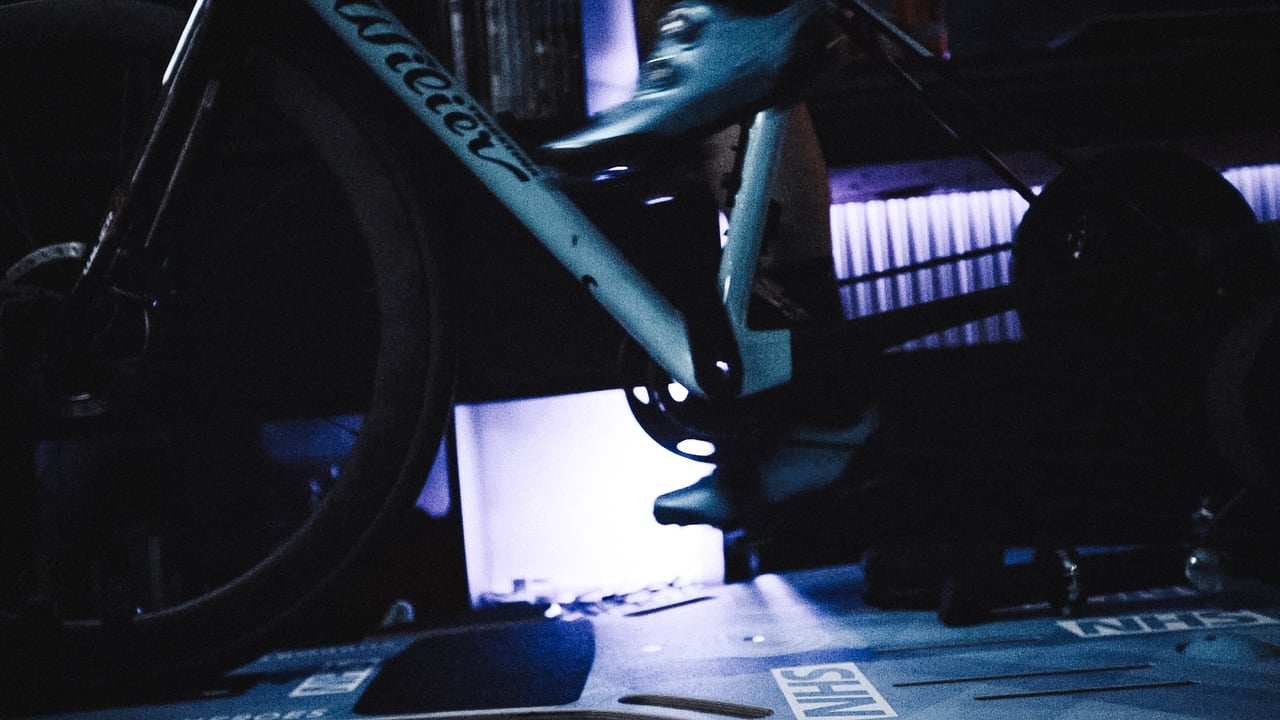
Another critical aspect for the double everesting was possible muscle and postural complications.
“Fortunately. a bikefitter friend helped me prepare the best position on my Wilier Triestina, because rollers are slightly different from the road. This let me pedal continuously and for such a long time with no particular problems for my back and knee muscles, and also to maintain a position that avoided discomfort due to friction. Everything else was related to fatigue, but I think that’s natural after riding Alpe du Zwift for so long.”
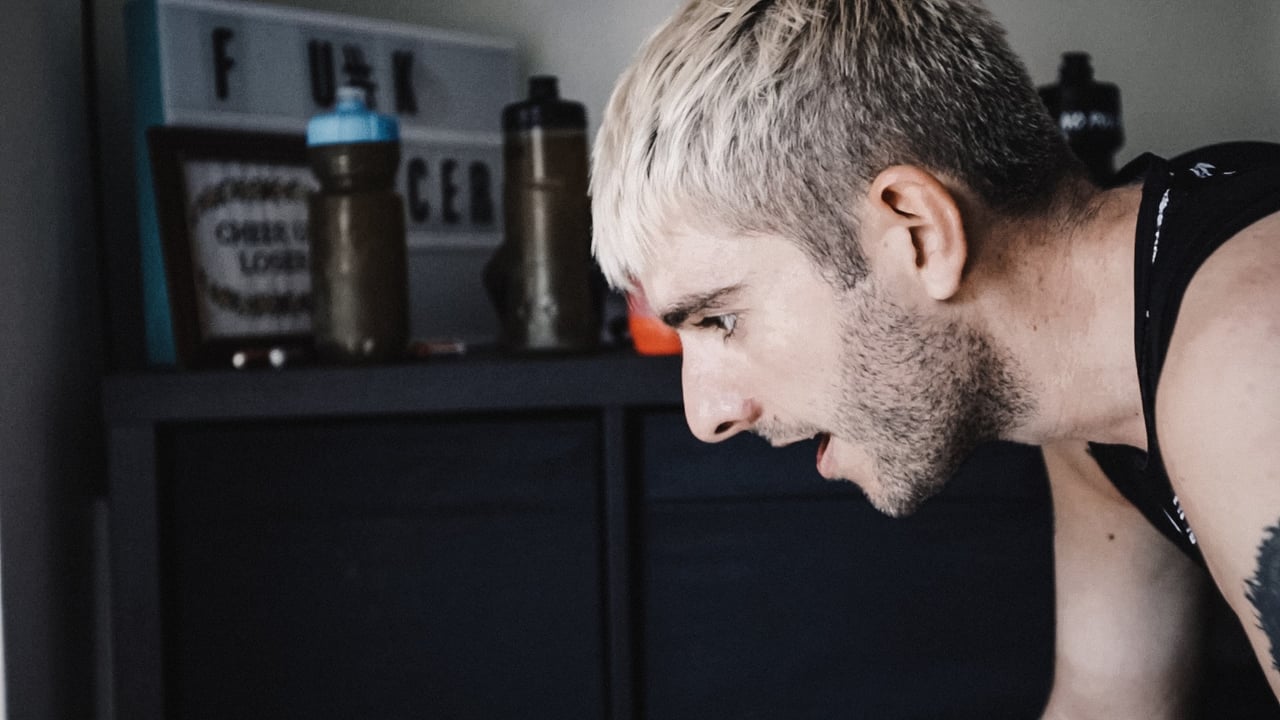
But for his feat to be truly complete, he needed a purpose that was not exclusively athletic, so Francis combined the double everesting with fund-raising for the British National Health Service that has been hit hard by the pandemic. At the end of the long and exhausting twenty-seven and a half hours on rollers, Francis Cade had raised £17,000, about €19,300, to donate to the NHS.
So, not only did his partners benefit from his successful challenge, but perhaps also those who may have never considered how many good things a bicycle can offer.
